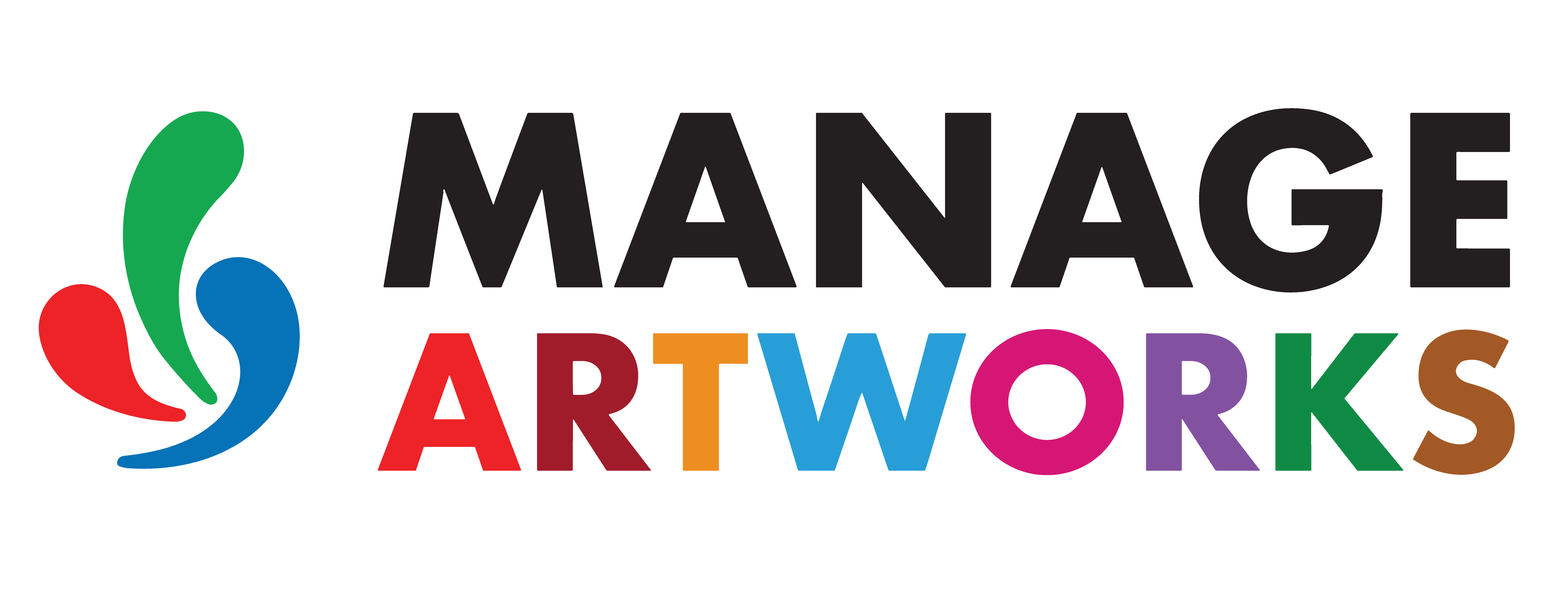Braille Tool
Braille is a tactile reading and writing system used by individuals who are blind or visually impaired. The Braille tool in ManageArtworks Proofing enables users to automatically detect, decode, and translate Braille content embedded within artwork files.
This feature supports regulatory proofing processes and ensures compliance with recognized industry standards such as the Marburg Medium Standard.
Supported Standards and Languages
Braille Standard: Marburg Medium
The tool supports the Marburg Medium Braille standard — the specification most commonly used in the pharmaceutical and packaging industries. This ensures that the translated Braille output adheres to widely accepted industry norms and maintains consistency across regulatory markets.
ISO Standard Compliance
The ISO 17351:2013 standard incorporates the Marburg Medium specification for Braille used on pharmaceutical packaging.
It serves as the international successor to the European Committee for Standardization (CEN) norm EN 15823 and defines the precise dot dimensions and spacing required to ensure tactile readability for visually impaired individuals.
Supported Languages
- The system supports Braille translation in multiple languages.
- Users must select the appropriate language before initiating translation to ensure accurate results.
Supported languages include:
English, French, Dutch, Greek, German, Arabic, Austrian, Belgian, Bulgarian, Croatian, Cypriot, Czech, Danish, Estonian, Finnish, Hungarian, Icelandic, Irish, Italian, Latvian, Liechtenstein, Lithuanian, Luxembourgish, Maltese, Norwegian, Polish, Portuguese, Romanian, Russian, Slovak, Slovenian, Spanish, Swedish, Turkish, Ukrainian, and UK English.
Supports Any Orientation
- The tool supports Braille translation regardless of its orientation.
- Whether the Braille text is horizontal, vertical, or rotated at any angle, the system can accurately interpret the dot patterns, provided the user marks the correct region for processing.
Works on Both Vector and Scanned Files
- The Braille tool functions seamlessly with both vector-based and scanned (raster) artwork files.
- However, in both cases, manual region selection is required for successful Braille detection and translation.
Best Practices
To ensure accurate detection and translation of Braille within the ManageArtworks Proofing module, it is essential to follow these best practices when preparing Braille elements in artwork files.
Because the tool is sensitive to the formatting, colour, and structure of Braille dots, any deviation from these guidelines can result in missed or incorrect translations.
01. Use Solid, Filled Dots
- All Braille dots must be created using 100% solid fills with no outlines, strokes, or hollow shapes.
- Avoid applying visual effects such as gradients, shadows, or blurs, as these can distort dot recognition.
- Use clean, fully filled circles that align with the Marburg Medium standard to ensure accurate detection and decoding.
02. Assign a Unique and Consistent Colour
- Assign all Braille elements a unique, solid colour that is not shared with any other graphical components in the artwork.
- Reusing the same colour for other objects may confuse the detection algorithm, leading to incomplete or inaccurate translations.
- Maintaining a distinct and consistent colour allows the system to isolate and interpret the Braille content effectively.
03. Maintain Left-to-Right Alignment
- Regardless of the artwork language — including right-to-left (RTL) languages like Arabic or Hebrew — Braille content must always be laid out from left to right.
- This is a universal Braille formatting rule.
- Incorrect alignment can cause misinterpretation of dot patterns and produce invalid results during verification.
04. Use a Dedicated Layer for Braille
- Always place Braille dots on a separate, dedicated layer in your artwork file.
- Avoid combining Braille elements with other design objects such as logos, text, or backgrounds on the same layer.
- This separation helps the system identify the Braille region accurately and simplifies the detection and translation workflow.
05. Avoid Transparency and Visual Effects
- Do not apply transparency, opacity adjustments, or blending modes to Braille dots.
- Even slight transparency can make dots appear faint or irregular, reducing detection accuracy.
- Use fully opaque fills to maintain clarity, contrast, and consistency across all Braille regions.
